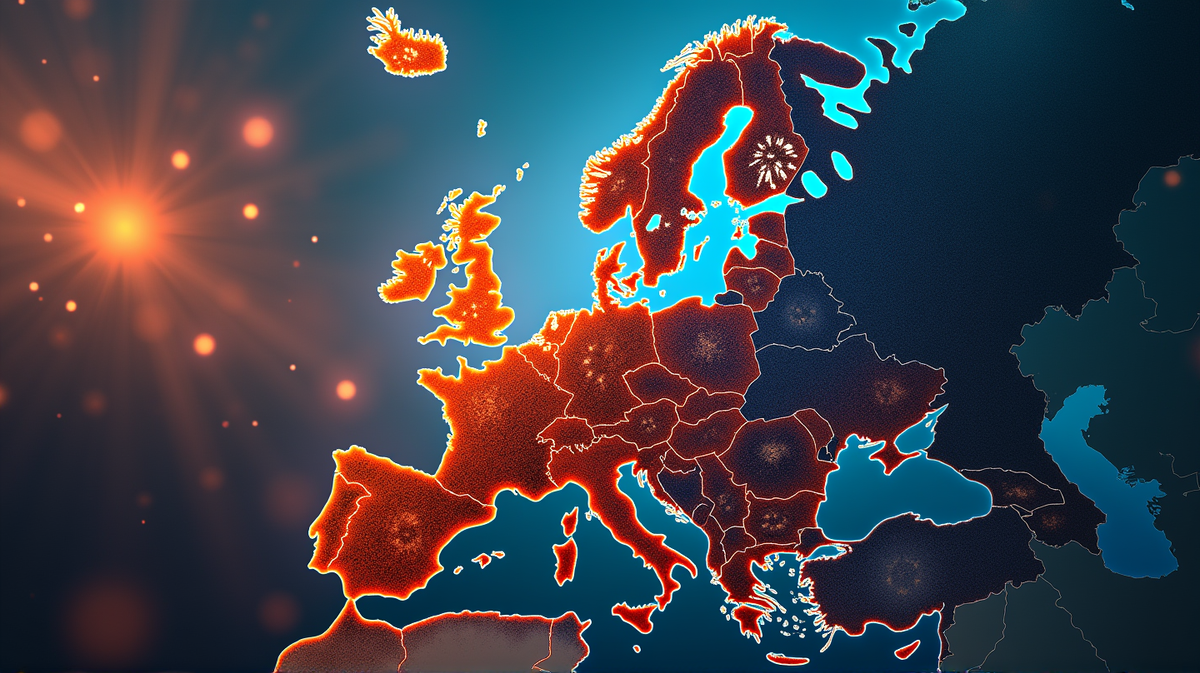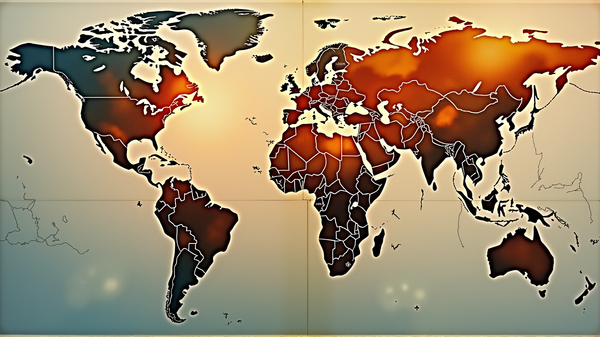Europe's Economic Stumble: The Slow Shift with US Tariff Dynamics
As the dust settles on US tariff shifts, Europe's economic landscape sees a meager 0.1% growth, highlighting deeper challenges.

As the dust settles from a slew of U.S. tariff shifts, Europe’s economic landscape finds itself in a precarious position, with modest growth and mounting challenges.
The Current Economic Terrain
In the April-June quarter, Europe managed to eke out a paltry growth rate of just 0.1%, marking a stark contrast to the more robust 0.6% increase in the previous quarter. This downturn follows frenetic efforts earlier in the year to front-load shipments ahead of anticipated U.S. tariffs under the EU-U.S. trade agreement. According to ABC News, Germany, the continent’s economic titan, contributed to this slowdown, facing a contraction alongside Italy.
The Tariff Toll
A pivotal change has been the introduction of a 15% tariff on European goods entering the U.S., a measure poised to extract 0.2% from the region’s GDP. This new economic lever imposes dilemmas on European exporters, who must either hike costs transferred to American consumers or absorb lower profits, with neither path free from its challenges.
Germany: The Engine That Could
Germany, Europe’s industrial powerhouse, finds itself straddling historic economic growth levels predating the pandemic. The nation grapples with stiff competition from China’s expanding market, enduring energy costs, and an inflexible regulatory framework. Yet, hope lingers on the horizon with Chancellor Friedrich Merz’s government-ready to inject robust investments, credited with closing the infrastructure gap by 2026.
National Responses
Amid these undulating economic tides, countries like France witnessed a modest 0.3% growth, propelled by demands for autos and aircraft, whereas Spain posted a commendable 0.7% rise. Germany, however, still struggles with higher labor costs and cries for skilled workers, a gap that further widens industrial inefficiencies compared to its peers.
Planning for Prosperity
Germany sets sights on economic rejuvenation through an ambitious budget draft approved in 2026, emphasizing sprawling investments aimed at modernized infrastructure, housing, and digitization. Finance Minister Lars Klingbeil emphasizes employment security as a top priority, ensuring economic resilience through strategic fiscal planning.
In this landscape of evolving tariffs and tense trade relations, Europe’s economy gears for a test of endurance, reliant on strategic maneuvers to counter balance the U.S.’s tariff tactics and stimulate regional growth in the face of global challenges.





